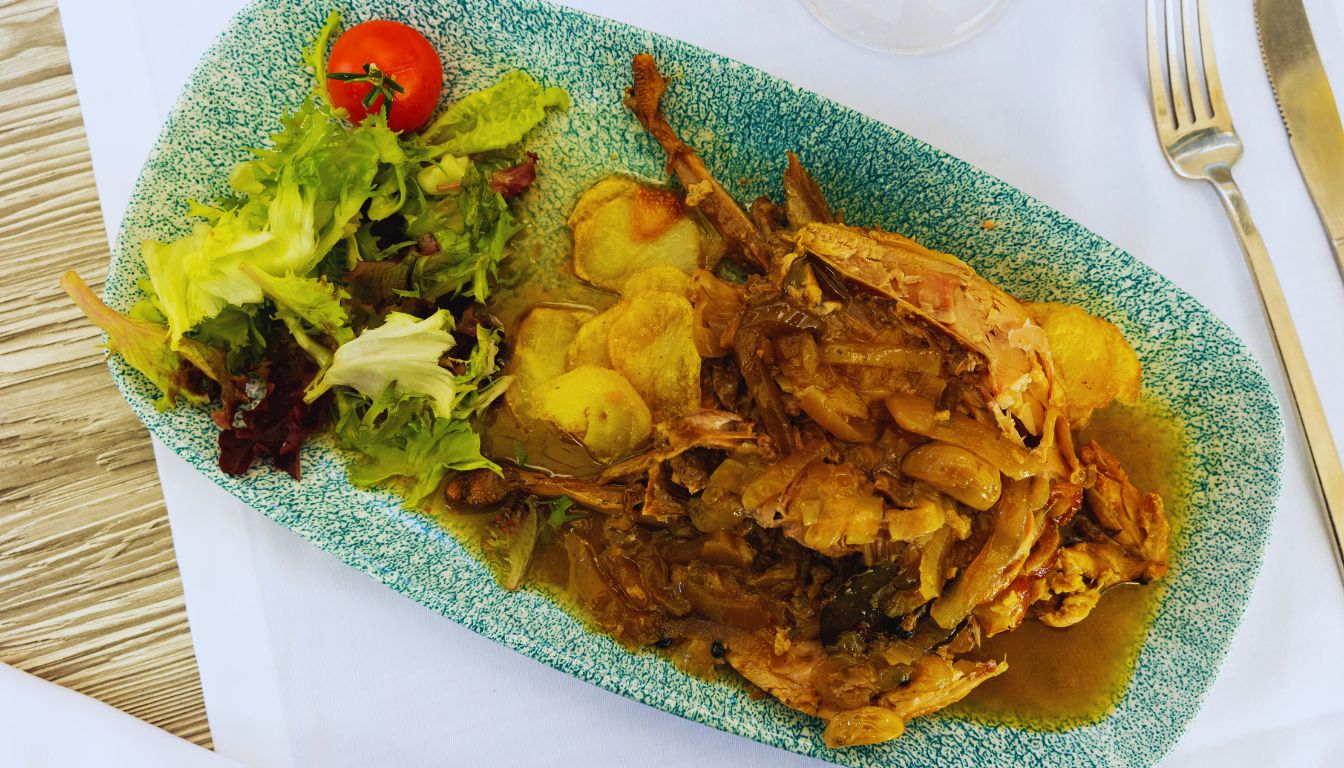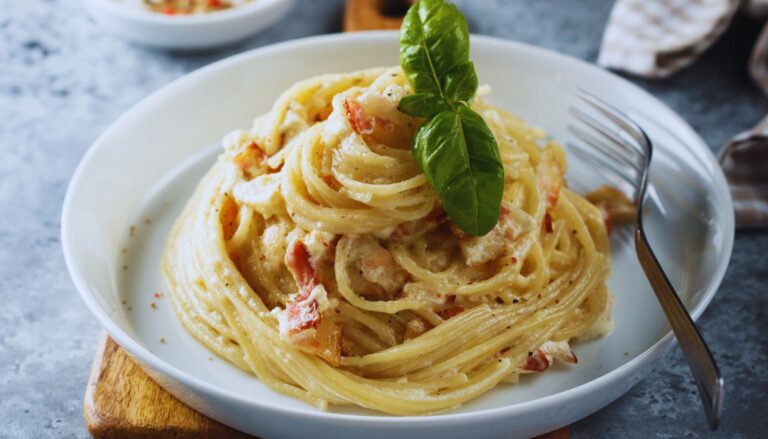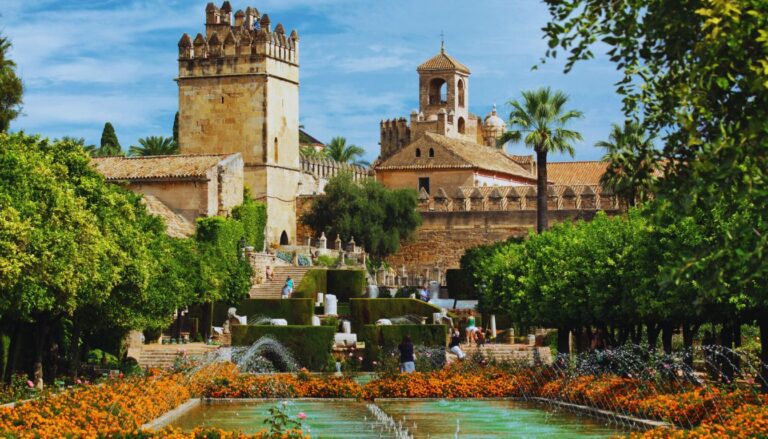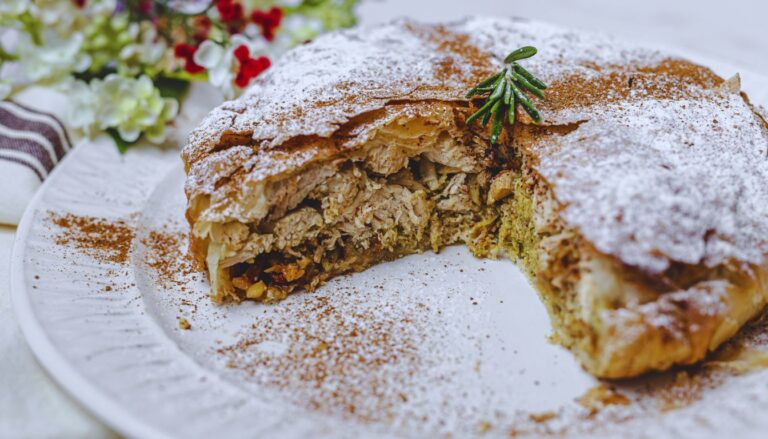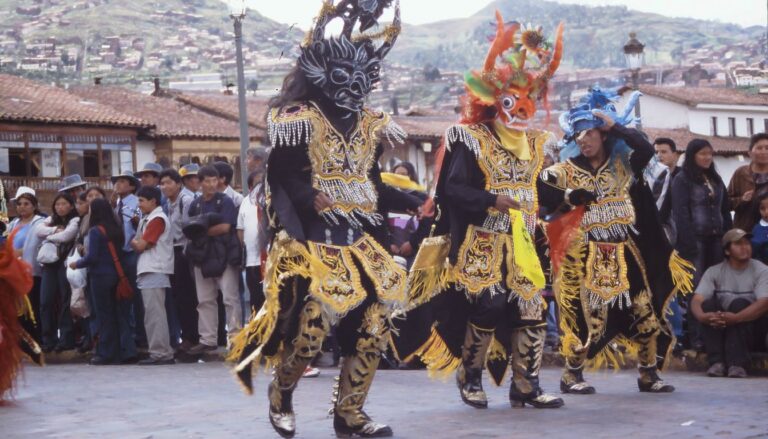Perdiz Estofada, Toledo Spain
Within Toledo’s ancient walls, where centuries of Christian, Muslim, and Jewish influences converge, Perdiz Estofada (stewed partridge) reigns as a testament to Spain’s noble culinary heritage. This exquisitely prepared game bird, slowly braised to tender perfection, embodies the sophisticated gastronomy of Castilla-La Mancha. Against the backdrop of Toledo’s dramatic cityscape, this dish tells a story of royal banquets, hunting traditions, and the masterful preservation techniques that have sustained Spanish cuisine through generations.
Table of Contents
Origins and History
The tradition of Perdiz Estofada dates back to medieval Spain, when Toledo served as the imperial capital. The dish gained prominence during the Golden Age, appearing in noble households and monastery kitchens. Historical records from the 16th century mention elaborate preparations of partridge served at royal functions.
The culinary legacy evolved through:
- Ancient hunting traditions in Toledo’s surrounding countryside
- Monastic cooking techniques
- Noble household recipes
- Preservation methods developed during Spain’s imperial era
- Integration into traditional family celebrations
Cultural Significance
Perdiz Estofada represents more than just sustenance:
- Symbol of Spanish hunting culture
- Connection to noble gastronomy
- Preservation of traditional cooking methods
- Celebration of regional ingredients
- Link to Toledo’s imperial past
The dish maintains its prestigious status in Spanish cuisine, often served during special occasions and featured in traditional festivities throughout Castilla-La Mancha.
Ingredients and Preparation
Traditional preparation requires specific ingredients and careful technique:
Essential Components:
- Fresh red-legged partridge
- Extra virgin olive oil
- Bay leaves
- Fresh herbs
- Seasonal vegetables
Traditional Aromatics:
- Garlic
- Onions
- Carrots
- Thyme
- Black peppercorns
Preparation Method:
- Careful cleaning and preparation of the partridge
- Marinating with herbs and aromatics
- Slow braising in earthenware cazuela
- Development of rich sauce
- Resting period for flavor enhancement
Where to Try It
Notable Establishments:
- Restaurante Adolfo: Michelin-starred interpretation
- Casa Aurelio: Traditional family recipes
- El Carmen de Montesión: Historic setting with authentic preparation
Neighborhood Recommendations:
- Explore restaurants near Plaza de Zocodover
- Visit traditional establishments in the Jewish Quarter
- Discover family-run restaurants in the Old Town
Eating Etiquette and Customs
Understanding local dining customs enhances the experience:
- Served as a main course
- Traditionally eaten with crusty bread
- Enjoyed at a leisurely pace
- Often served for Sunday lunch
- Accompanied by regional vegetables
Seasonal Considerations
Perdiz Estofada follows specific seasonal patterns:
- Best enjoyed during hunting season (October to February)
- Traditional preparation peaks in winter months
- Special variations during festivals
- Limited availability in summer
- Holiday versions during Christmas season
Modern Interpretations
Contemporary chefs honor tradition while introducing refinements:
- Lighter cooking methods
- Creative presentations
- Updated accompaniments
- Seasonal adaptations
- Fine dining interpretations
Practical Information and Travel Tips
Essential guidance for experiencing authentic Perdiz Estofada:
- Reserve in advance during hunting season
- Ask about source and preparation method
- Learn basic Spanish phrases
- Respect traditional meal times
- Consider timing with local festivals
- Visit during cooler months for best experience
- Inquire about daily preparation methods
Making Your Perdiz Estofada Journey Memorable
Immerse yourself in Toledo’s rich culinary heritage by exploring the medieval streets, visiting traditional markets, and engaging with local restaurateurs. Time your visit during hunting season for the most authentic experience. Remember that each carefully prepared partridge connects you to centuries of Spanish gastronomy, where hunting traditions and noble cuisine created an enduring culinary masterpiece.

